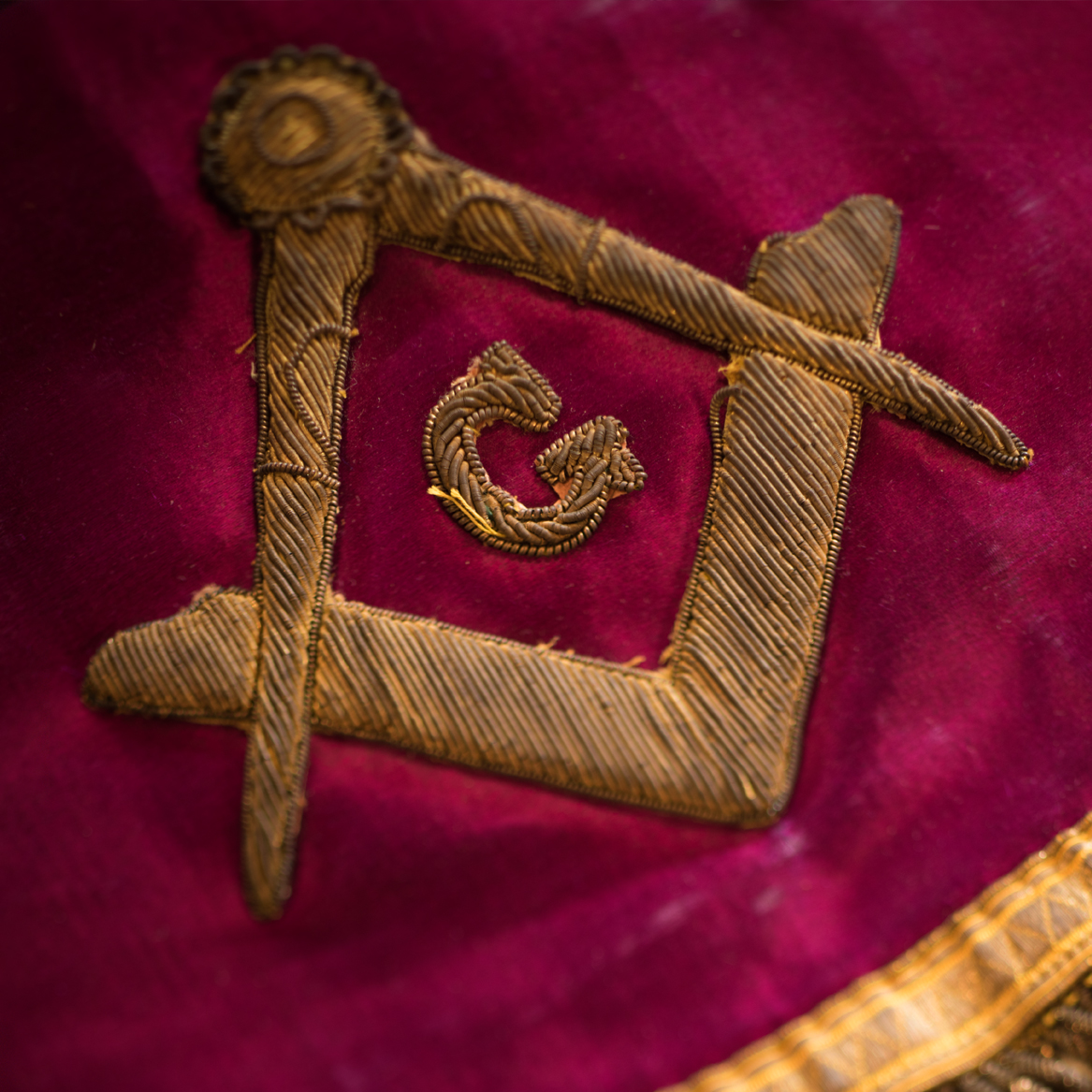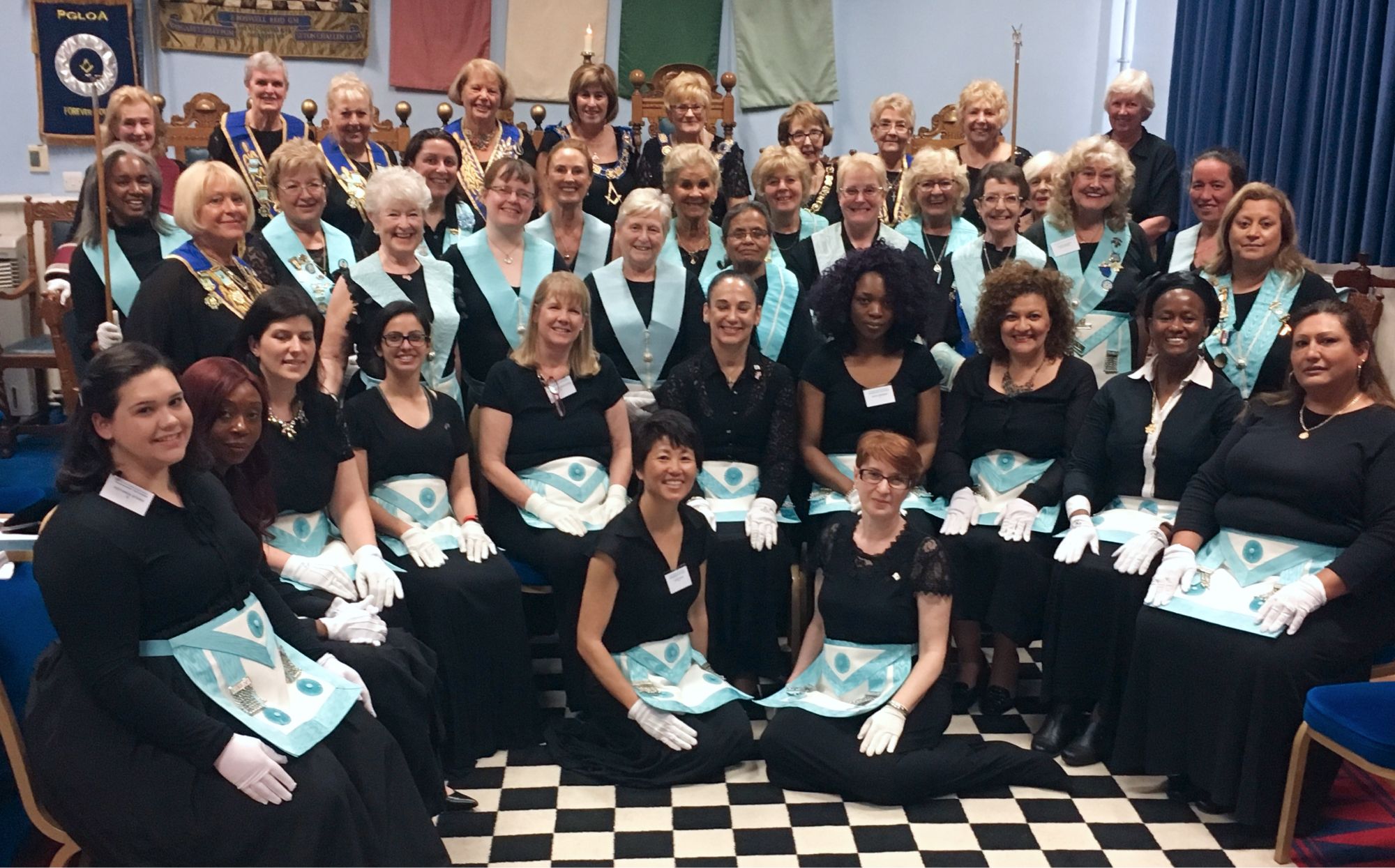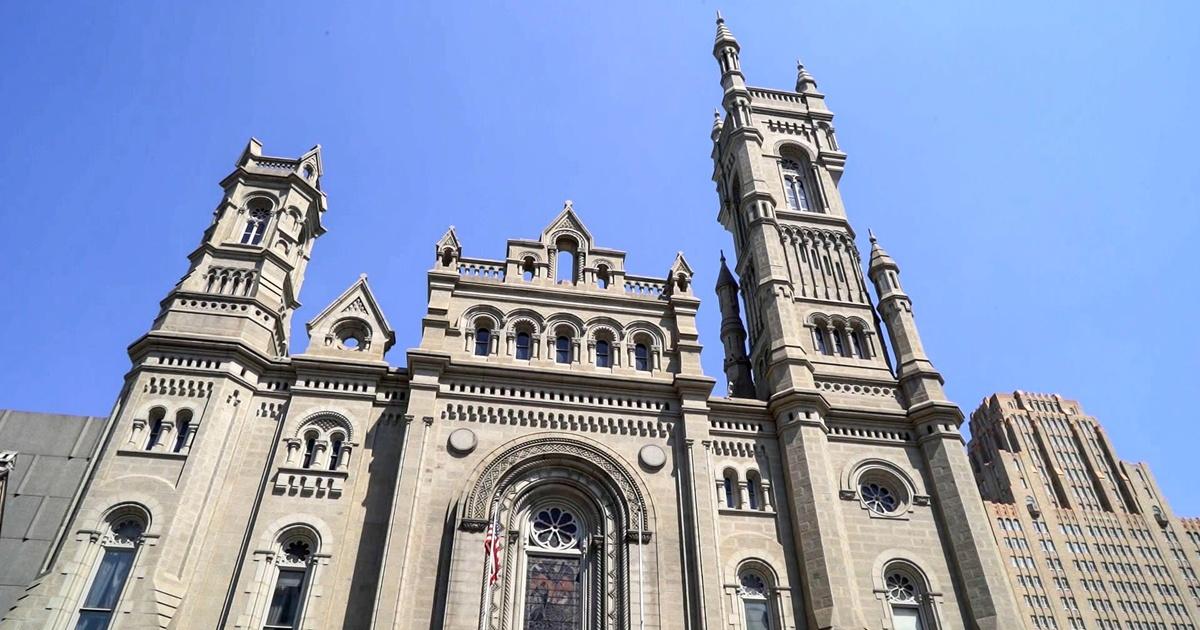Everything You Need to Know About How to Join a Masonic Lodge Today
Everything You Need to Know About How to Join a Masonic Lodge Today
Blog Article
Discovering the Mysteries of the copyright: What You Need to Know
The copyright, a term frequently shrouded in intrigue and controversy, stands for a complicated tapestry of historical reality and modern-day misconception. Developed in the late 18th century, this secret society was initially rooted in the Knowledge's suitables however has actually since come to be identified with conspiracy theories about elite control.
Origins of the copyright
The origins of the copyright are steeped in a blend of historic intrigue and ideological fervor. Developed in 1776 in Ingolstadt, Bavaria, by Adam Weishaupt, the group was originally created as a secret society targeted at advertising Knowledge suitables such as reason, secularism, and the separation of church and state. join freemason. Weishaupt, a teacher of canon legislation, looked for to test the prevailing authority of the church and state, which he saw as overbearing institutions stifling intellectual and individual freedom
The copyright looked for to recruit influential participants from numerous social industries, including politics, academic community, and the arts, to cultivate a network devoted to these Knowledge concepts. The culture operated under a veil of privacy, employing coded language and rituals to protect its members from oppression, specifically provided the repressive environment of the time. The copyright encountered considerable resistance from both governmental authorities and spiritual institutions, which viewed the group as a risk to their power.
Secret Numbers and Members
That were the crucial numbers that shaped the copyright's very early impact and direction? The Bavarian copyright, established in 1776 by Adam Weishaupt, became an action to the overbearing social structures of the time. Weishaupt, a law professor, pictured the company as a way to promote Enlightenment suitables such as factor, secularism, and equal rights. His preliminary recruitment efforts included influential pundits, such as Baron von Knigge, who played a critical role in increasing the team's membership and business structure.
Another significant number was Johann Gottlieb Fichte, a prominent theorist whose ideas on nationalism and education and learning resonated with the copyright's objectives. Although Fichte was not an official participant, his philosophical supports affected the group's ideological background. In addition, numbers like the writer and thinker Johann Wolfgang von Goethe were connected with the broader intellectual motions of the moment, although their direct involvement with the copyright continues to be debated.
These essential numbers contributed to the copyright's early direction, pressing the borders of political and social thought, while their collective efforts intended to test well-known norms and promote a climate of modern change in Europe. (join freemason)
Myths vs. Truth
Lots of misunderstandings surround the copyright, commonly mixing reality with fiction in such a way that obscures its true nature. This secret society, initially established in 1776 in Bavaria, aimed to advertise Knowledge suitables and fight spiritual and political injustice. The concept that the copyright remains to exert considerable influence over world events is a myth. While the group did exist, it was disbanded in the late 18th century and has not operated as a cohesive entity ever since.
Another prevalent misconception is that the copyright consists of a network of elite people controling worldwide affairs. Actually, several conspiracy theory concepts exaggerate the group's significance, connecting misguided intentions to societal fads and occasions. This has resulted in an oversimplified view of intricate problems.
Furthermore, the portrayal of the copyright in preferred culture commonly additional misshapes its tradition. Movies and literature often tend to sensationalize the company's duty, producing a narrative that diverges from historical facts. Comprehending the distinction between the myths and the reality of the copyright is vital for discerning the genuine influence of this historical team and acknowledging the more comprehensive ramifications of conspiracy theories in modern culture.

Modern Analyses
Contemporary analyses of the copyright commonly reflect more comprehensive societal anxieties and an attraction with secrecy and power. This modern-day lens often associates the copyright with conspiracy theory theories that recommend a covert elite coordinates world occasions, controling federal governments and economies for their very own gain. Such narratives touch right into a deep-rooted wonder about of authority, particularly in times of situation or social upheaval.
In pop culture, the copyright is commonly depicted as a divine organization shrouded in enigma, resulting in a plethora of fictional representations in literary works, movie, and songs. This portrayal offers not just to captivate however additionally to provoke believed concerning the nature of power and control in contemporary culture. Social media has additionally amplified these interpretations, enabling for quick dissemination of conspiracy concepts and developing communities that share and broaden upon these ideas.
In addition, some modern interpretations frame the copyright as an allegory for the intricacies of globalization and her comment is here the interconnectedness of significant individuals and organizations. This point of view motivates an essential examination of exactly how power dynamics operate in today's world, highlighting the equilibrium in between openness and privacy in administration and company practices.
Cultural Influence and Heritage
Influenced by centuries of intrigue, the social influence and tradition of the copyright prolong far past its historic beginnings. This secret culture, developed in the late 18th century, has permeated different facets of prominent culture, from literary works and film to music and art. join freemason. The idea of the copyright has evolved right into an icon of conspiracy theories, typically standing for a viewed hidden power manipulating global events
In literature, writers like Dan Brown have woven the copyright right into elaborate plots, captivating viewers with styles of secrecy and power. Movies such as "National Treasure" and "The Da Vinci Code" better continue the allure of the culture, blending fact with fiction to produce interesting stories.

Ultimately, the copyright's heritage is a complicated tapestry of myth and truth, shaping assumptions of secrecy and control in modern discourse. Its long-lasting presence in society underscores mankind's perennial pursuit for comprehending surprise realities.

Verdict
The expedition of the copyright reveals an intricate interplay in between historical realities and contemporary myth-making. Established in the Enlightenment era, this culture intended to challenge overbearing structures, yet its heritage has been outweighed by conspiracy concepts that suggest elite control. Understanding the distinctions in between the original suitables and contemporary analyses is important for comprehending the withstanding fascination with the copyright and its substantial impact on social narratives surrounding power and privacy in society.
Report this page